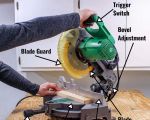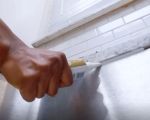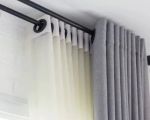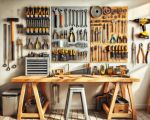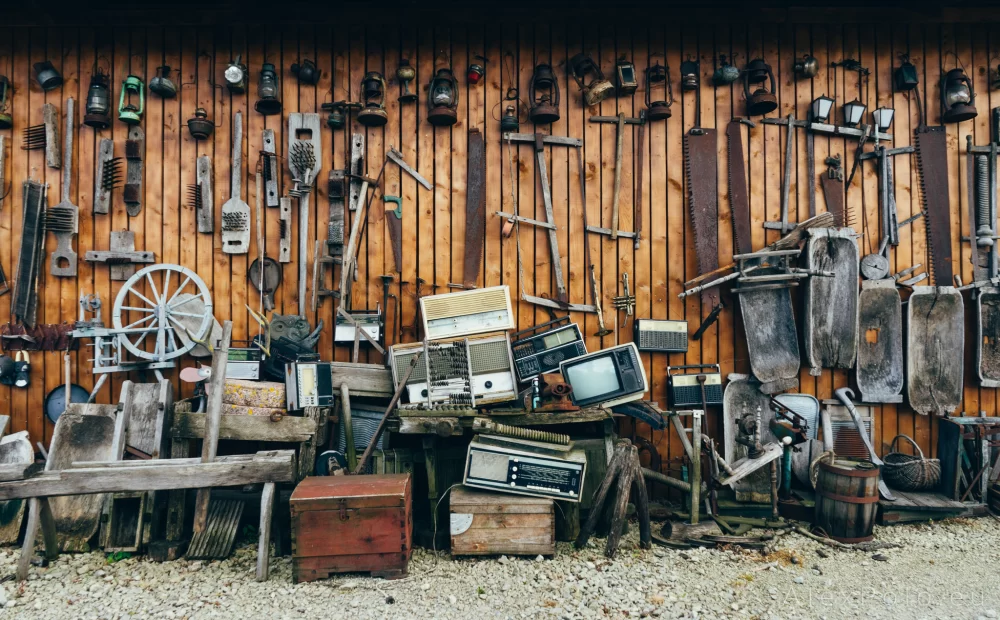
May 16, 2025
1. Introduction to DIY Home Repairs
As a homeowner, there are few things more empowering than learning how to handle home repairs on your own. Not only does it save you money on expensive handyman services, but it also gives you a sense of accomplishment every time you fix something yourself. Over the years, I've learned that many home repairs are actually quite simple if you have the right tools, knowledge, and a bit of patience.
The key to mastering DIY home repairs is knowing what you can handle on your own and when to call in a professional. In this article, I’ll walk you through some of the most common home repairs that can be done without a handyman, providing you with the tips and tricks you need to get the job done right.
2. Understanding the Basics of Home Repairs
Before diving into specific repairs, it’s essential to understand the basics. Home repairs fall into various categories, including plumbing, electrical work, carpentry, and more. Each of these requires different tools and skill sets, but the good news is that there are plenty of resources available to help you get started.
Basic Tools You’ll Need
To kick off any DIY repair project, you'll need a solid set of basic tools. These tools will help you tackle a wide range of repairs, from fixing a leaky faucet to patching a hole in the wall. Here are some essentials to have in your toolkit:
Hammer: A good hammer is essential for basic repairs like hanging pictures, assembling furniture, or driving in nails.
Screwdrivers: A set of both flat-head and Phillips-head screwdrivers will allow you to handle most screws around the house.
Wrenches: Useful for plumbing repairs or tightening bolts.
Tape Measure: Essential for making accurate measurements, especially when installing shelves or measuring for new furniture.
Utility Knife: A sharp utility knife will be invaluable for cutting through various materials like drywall, carpet, or boxes.
Pliers: For gripping, bending, and cutting.
Having the right tools on hand can make any job smoother and less stressful. While it may seem like an upfront investment, over time, these tools will pay for themselves by saving you from having to call a handyman every time something breaks.
3. Simple DIY Repairs You Can Handle
Now that you have the basic tools, let’s talk about some common home repairs that anyone can tackle without the need for a professional. These are easy to follow and don’t require any advanced skills, just a bit of time and patience.
1. Fixing a Leaky Faucet
A leaky faucet can be a nuisance, not to mention waste water and money. Luckily, fixing a leaky faucet is a relatively simple job that anyone can do. Here’s how you can do it:
Turn off the water supply to the faucet.
Use a wrench to remove the handle and unscrew the faucet’s valve.
Inspect the rubber washer for wear and tear and replace it if necessary.
Reassemble the faucet and turn the water back on.
With just a few simple steps, you can have your faucet working like new again.
2. Patching Holes in Walls
Whether it’s a hole from a misplaced nail or a door handle that got too close to the wall, wall repairs are among the easiest DIY projects. Here’s a simple way to patch small holes in drywall:
Clean the hole and remove any loose drywall or debris.
Apply a layer of spackle or joint compound using a putty knife, smoothing it over the hole.
Once it dries, sand it smooth, and if necessary, apply a second layer.
Once the patched area is smooth, you can paint over it to match the surrounding wall.
This is a quick and effective way to restore your walls to their original condition without calling a handyman.
3. Replacing a Toilet Flapper
A constantly running toilet is another common issue that can easily be fixed without the need for a professional plumber. Most of the time, the problem lies with the toilet flapper, which is the rubber valve that controls water flow into the bowl.
First, turn off the water supply to the toilet.
Remove the tank lid and flush the toilet to empty the tank.
Detach the old flapper from the flush valve and replace it with a new one.
Reattach the chain to the flapper and adjust the length if necessary.
With a new flapper in place, your toilet should stop running, saving you both water and money on your water bill.
4. When to Call a Professional
While DIY repairs are great for saving money and learning new skills, there are some situations where it’s better to leave the job to the experts. Complex electrical issues, major plumbing problems, and anything that could potentially cause damage to your home’s structure are better handled by a professional.
If you’re ever unsure about whether you can handle a repair on your own, it’s best to err on the side of caution and call in an expert.
Real-Life Story: My First DIY Home Repair
I’ll never forget my first DIY repair job – fixing a leaky sink in the kitchen. I had no prior experience with plumbing, but I was determined to save the money I would have spent on a plumber. Armed with a wrench and a tutorial video, I managed to fix the leak in less than an hour. Not only did I save money, but I also felt a sense of accomplishment that has fueled my love for DIY repairs ever since.
5. Conclusion
DIY home repairs are a rewarding and cost-effective way to maintain your home. With the right tools, a little know-how, and the confidence to get your hands dirty, you can tackle a variety of common household issues without the need for a handyman. While some repairs require professional expertise, many can be easily handled with a little time and effort on your part.
By learning how to make simple repairs, you'll not only save money but also gain a valuable skill set that will help you handle whatever life throws at your home.

